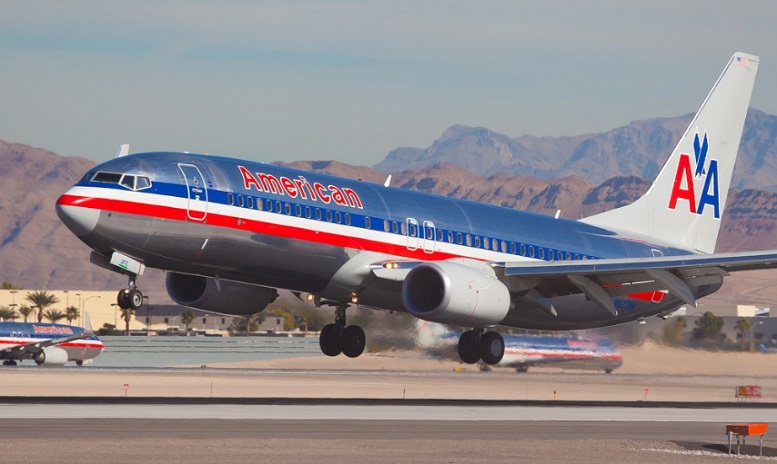Although American Airlines (NASDAQ:$AAL) had surpassed analyst expectations in its quarterly earnings released on Friday, July 28, the company’s stock still fell about 15%. This fall was mainly due to a predicted increase in fuel and labor costs. American Airlines’ labor expenses have gone up 12% when compared to last year, and fuel expenses have gone up 15%.
In its second quarter, American Airlines saw an earning of $1.92 per share as well as $11.11 billion in revenue. This was above average analysts’ expectation of earnings per share of $1.87 along with a revenue of $11.08 billion, according to Thomson Reuters. In the second quarter, American Airlines — similar to other companies in the industry — have upped its average travel fares and fees thanks to strong demand. For the quarter, about a 5.7% increase was seen in travel fares and fees. However, this high increase may be short-lived. American Airlines had estimated that the increase in travel fares and fees should be between 0.5% and 2.5% in the upcoming third quarter. Executives have expressed optimism in the fourth quarter, though no solid statistics have been given.
American Airlines’ earnings report was one of the last released for major U.S. airlines. The earnings season this year started out questionably when United Airlines (NYSE:$UAL) gave weak third-quarter guidelines for its revenue. Investors began to grow more concerned as poor guidelines continued, with Southwest Airlines (NYSE:$LUV) expecting weak average fares in its third-quarter. Since then, more airline executives have expressed lower travel fares within the US. As such, investors have begun to get more concerned about companies cutting prices down in order to succeed in the competing airline industry. This resulted in American Airlines stock falling despite strong earnings report.
Price-cutting during this peak season in the summer is a little unusual, noted Cowen and Co. (NASDAQ:$COWN) analyst Helane Becker. Becker explained that this may be why American Airlines had tried to reassure investors by sounding a bit more optimistic for the fourth quarter even though it’s too early to really tell whether it’ll be successful or not.
As such, American Airlines have been searching for ways to up its revenue without relying on raising fare prices. However, the company has recently halted its plan to move the last three rows of seats closer together in the new Boeing (NYSE:$BA) 737 jets to make more room for another row of higher-priced and roomier seats at the front of the plane. The plan was canceled after the company received pushback from customers and employees — specifically, flight attendants — American Airlines CEO Doug Parker explained. The company had proposed a compromise saying that the seats would be 30 inches apart instead of 29 inches apart before realizing that although the move could raise revenue, the opposition is not worth it.
American Airlines and several other big-name U.S. airlines have also been trying to privatize the air traffic control system and getting rid of government fee increases on airline fares. The attempt to do so has been a bit futile so far due to the current state of the American government. Stephen Johnson, the executive vice president who is leading American Airlines, explained that given the current environment, it is not a good time to discuss airline issues.
Johnson hopes that after Congress takes its August recess, American Airlines along with other airline companies will be able to move their issues forward.
Featured Image: twitter









